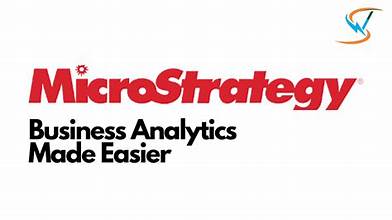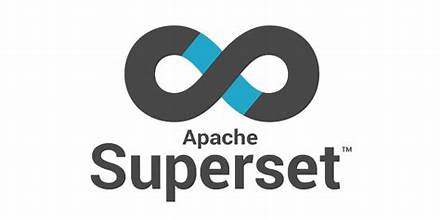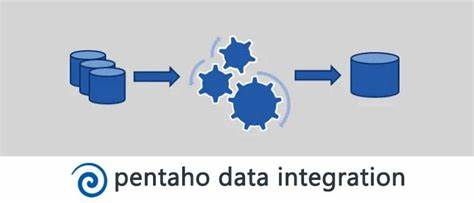Overview
Prescriptive analytics is a branch of business analytics, together with descriptive and predictive analytics. It uses predictive models to suggest actions to take for optimal outcomes, relying on optimization and rules-based techniques as a basis for decision making.
In this instructor-led, live training, participants will learn how to use Matlab to carry out prescriptive analytics on a set of sample data.
By the end of this training, participants will be able to:
- Understand the key concepts and frameworks used in prescriptive analytics
- Use MATLAB and its toolboxes to acquire, clean and explore data
- Use rules-based techniques including inference engines, scorecards, and decision trees to make decisions based on different business scenarios
- Use Monte Carlo simulation to analyze uncertainties and ensure sound decision making
- Deploy predictive and prescriptive models to enterprise systems
Audience
- Business analysts
- Operations planners
- Functional managers
- BI (Business Intelligence) team members
Format of the course
- Part lecture, part discussion, exercises and heavy hands-on practice
Course Outline
To request a customized course outline for this training, please contact us.
Introduction
IBM Cognos Analytics
- What is IBM Cognos Analytics?
- IBM Cognos Analytics features
Preparing the Development Environment
- Setting up IBM Cognos Analytics
IBM Cognos Analytics Fundamentals
- Creating dashboards
- Creating, extending, and updating modules
- Visualizing data
- Working with widget connections
- Creating a story
- Sharing dashboards and stories
IBM Cognos Analytics Advanced
- Creating a report from scratch
- Adding data sources
- Working with SQL queries
- Creating and using prompts
Summary and Conclusion
Dashbuilder is an open-source web application for visually creating business dashboards and reports.
In this instructor-led, live training, participants will learn how to create business dashboards and reports using Dashbuilder.
By the end of this training, participants will be able to:
- Visual configure and personalize dashboards using drag-and-drop
- Create different types of visualizations using charting libraries
- Define interactive report tables
- Create and edit inline KPIs (Key Performance Indicators)
- Customize the look and feel of metric displayers
Audience
Format of the course
- Part lecture, part discussion, exercises and heavy hands-on practice
Course Outline
To request a customized course outline for this training, please contact us.
Introduction
Qlik Sense at a Glance
- What is Qlik Sense?
- Qlik Sense multi-cloud architecture
- The associative engine and AI
Preparing the Development Environment
- Installing and configuring Qlik Sense Desktop
- Navigating the interface
Qlik Sense Quick Start
- Creating a chart
- Building a dashboard
- Customizing Qlik
- Working with data sources
- Managing Qlik Sense sheets
- Creating pivottables and reports
- Sorting and filtering data
Qlik Sense Scripting
- Using data load editor
- Connecting, extracting, and loading data
- Working with tables
- Debugging scripts
Synthetic Keys and Flat Files
- Working with synthetic keys
- loading tables
- Importing data
- Adding flat files
Data Model Optimization
- Creating QVD files
- Optimizing QVD load






